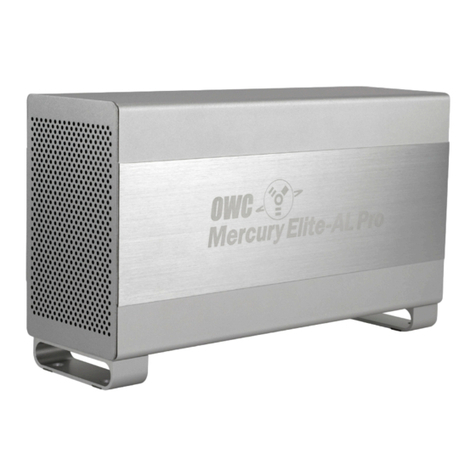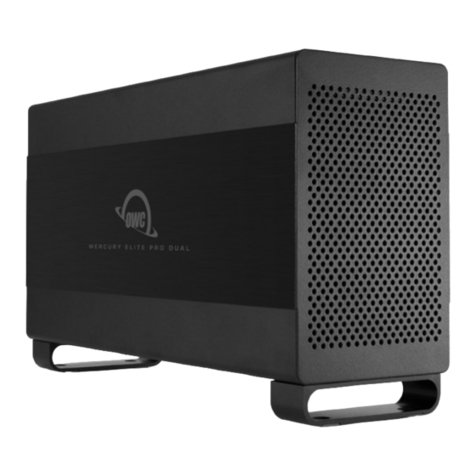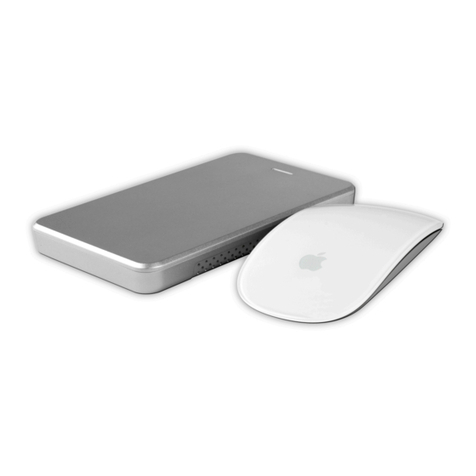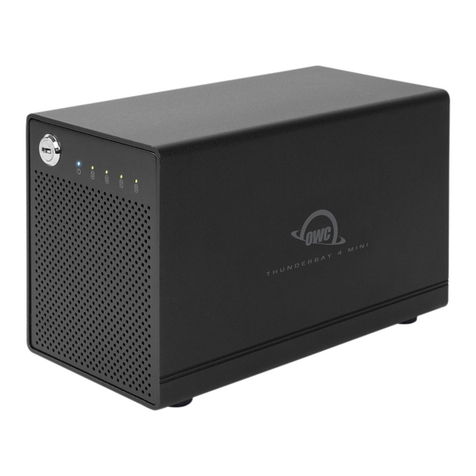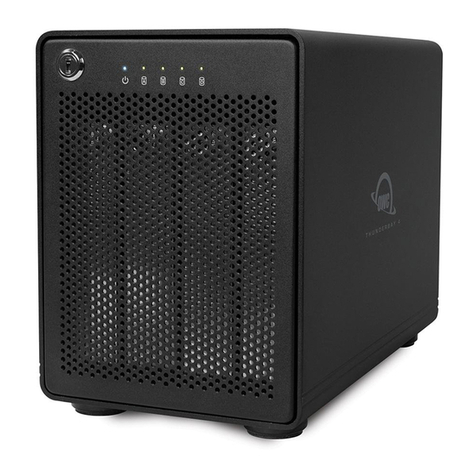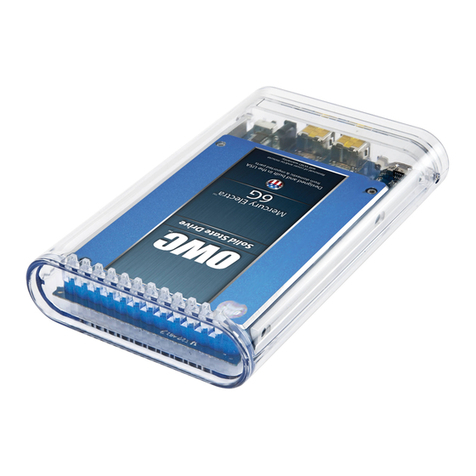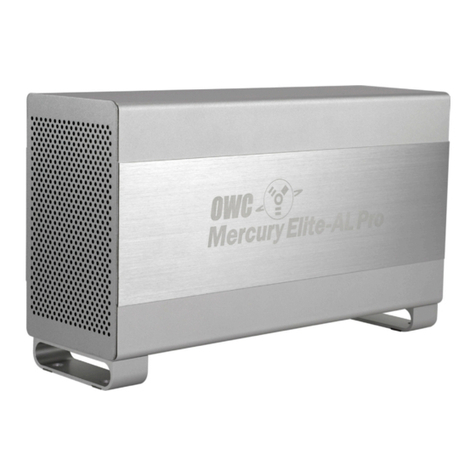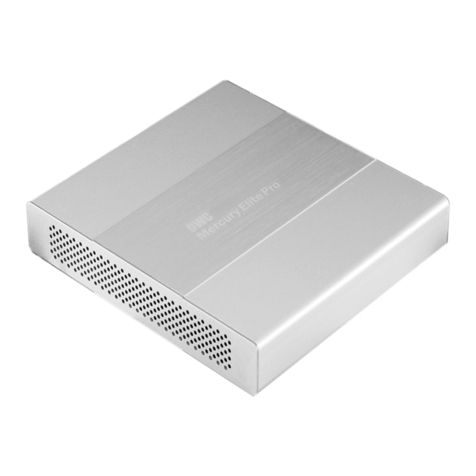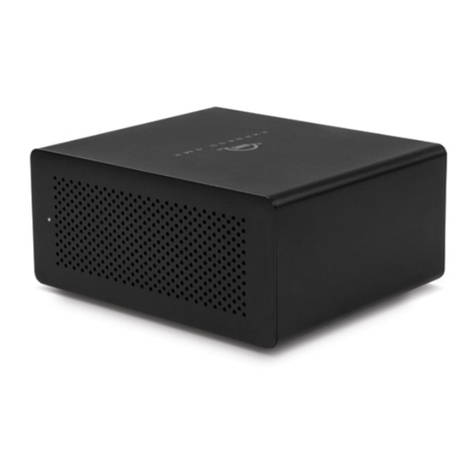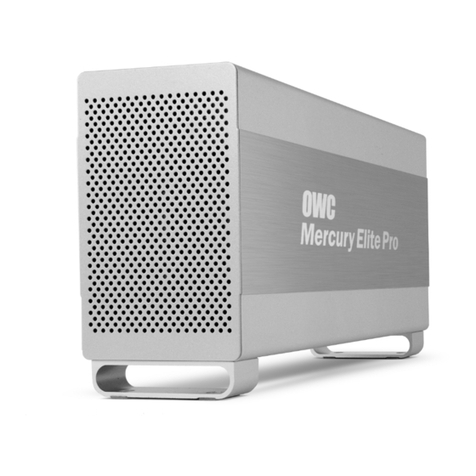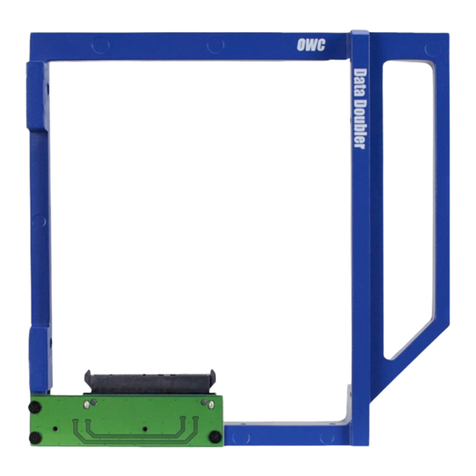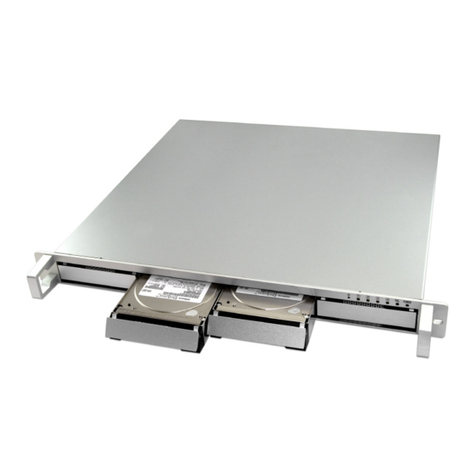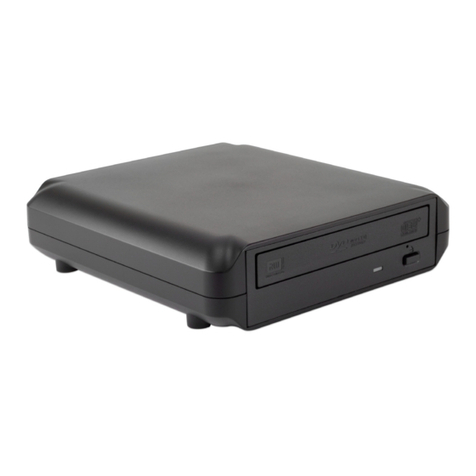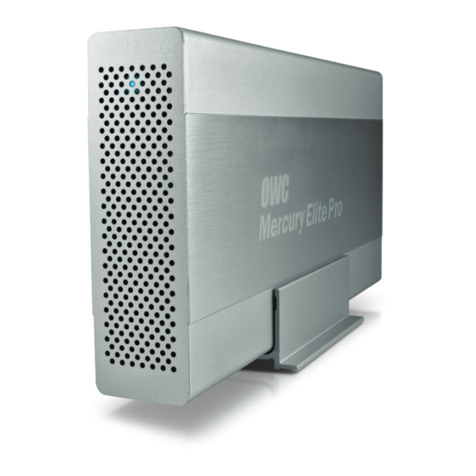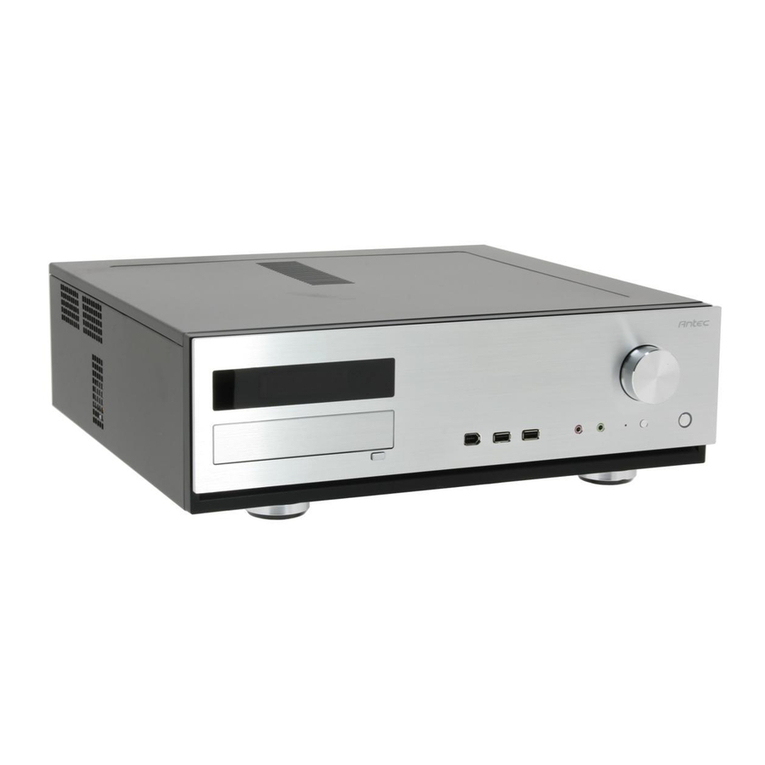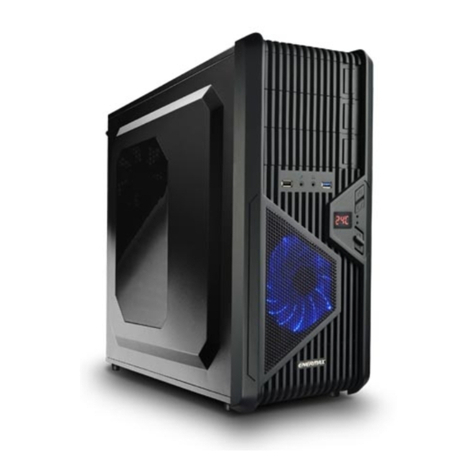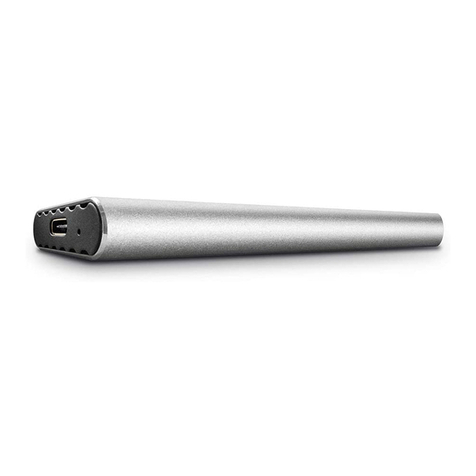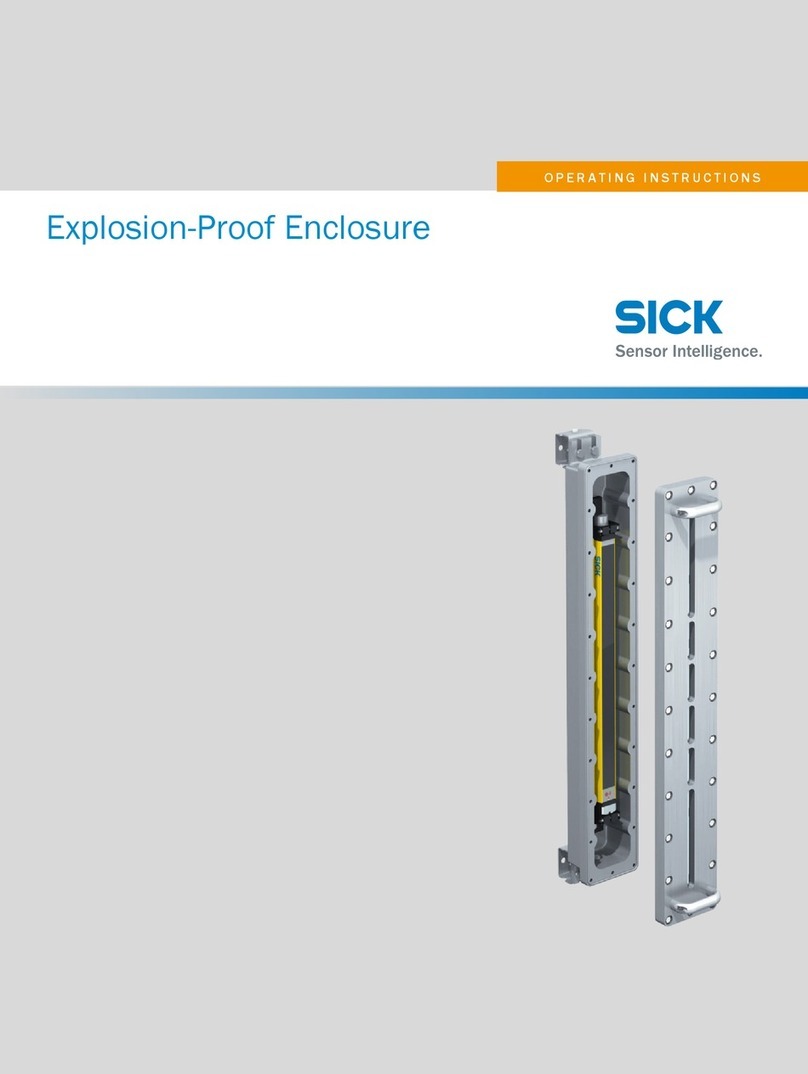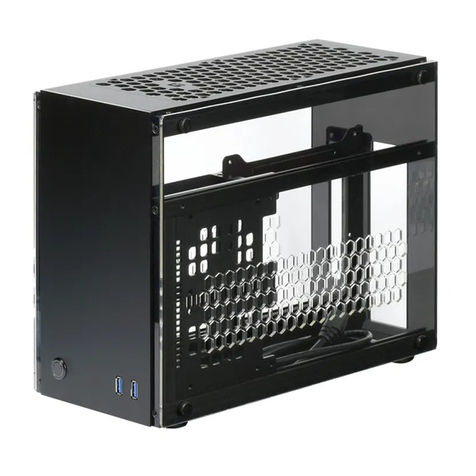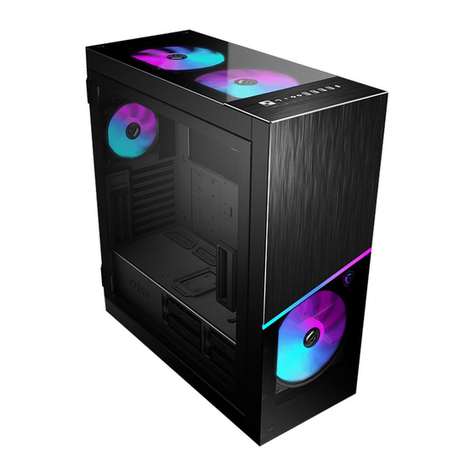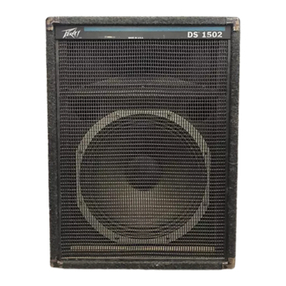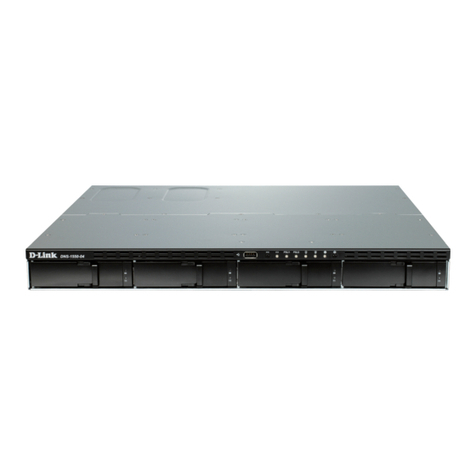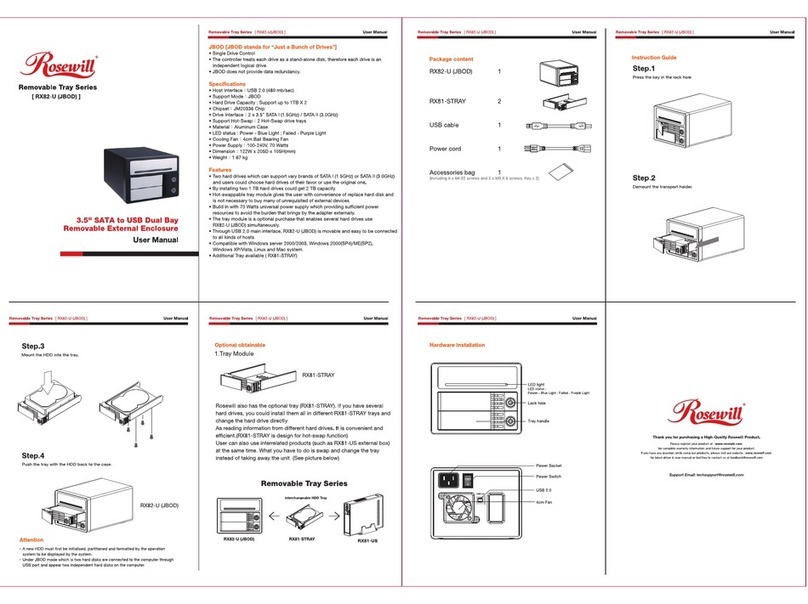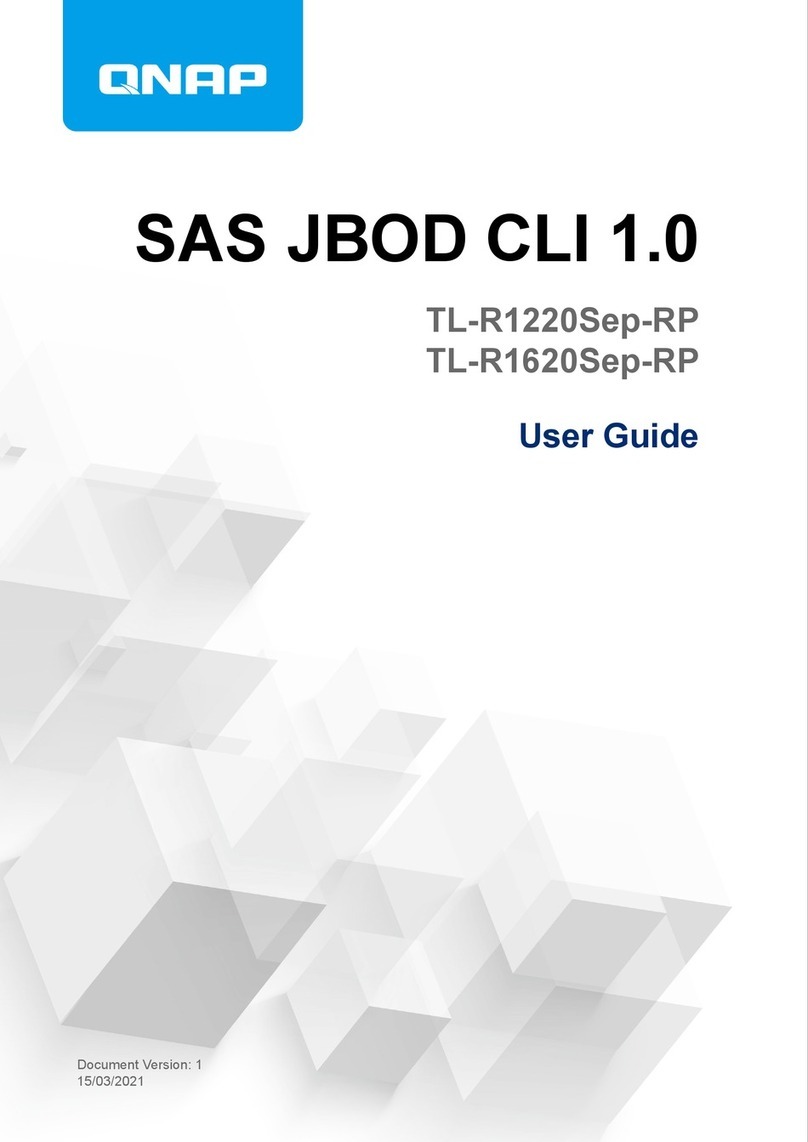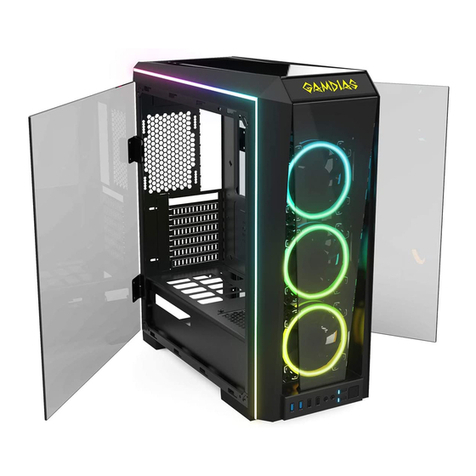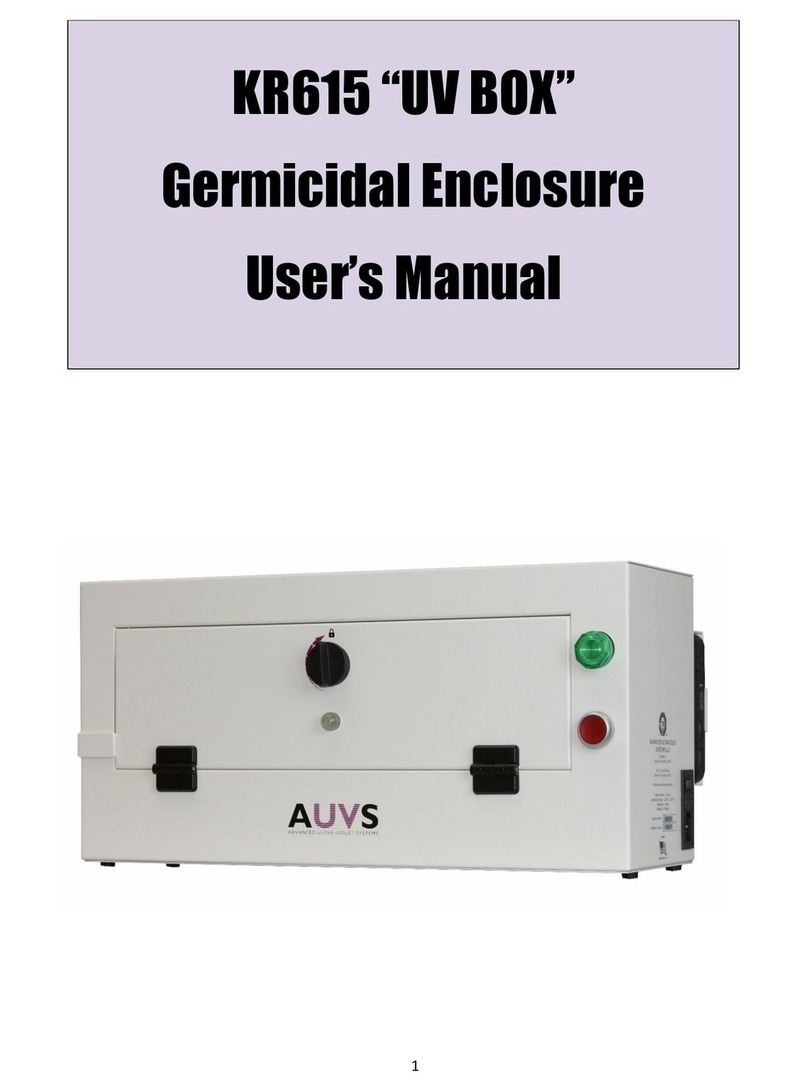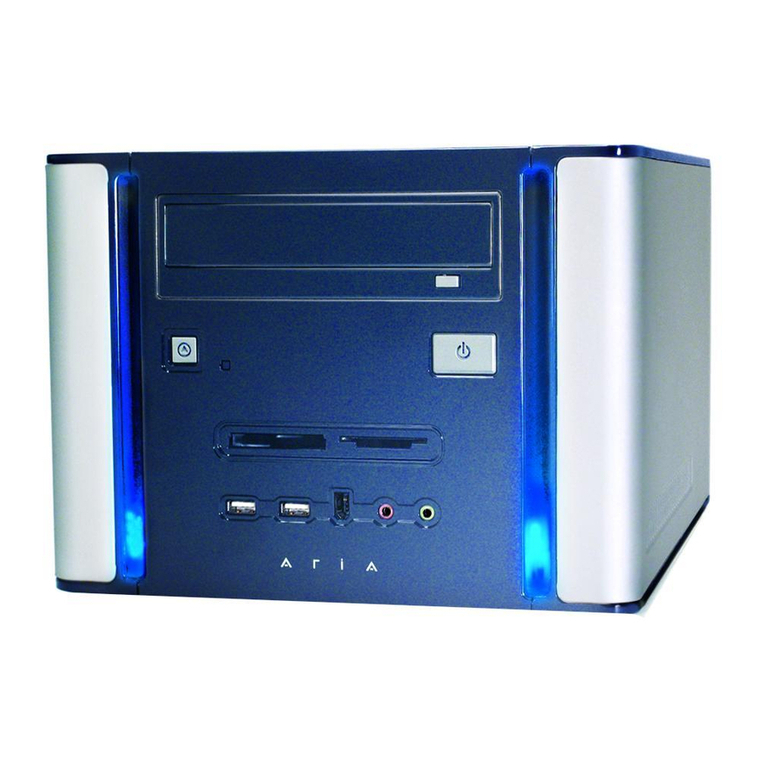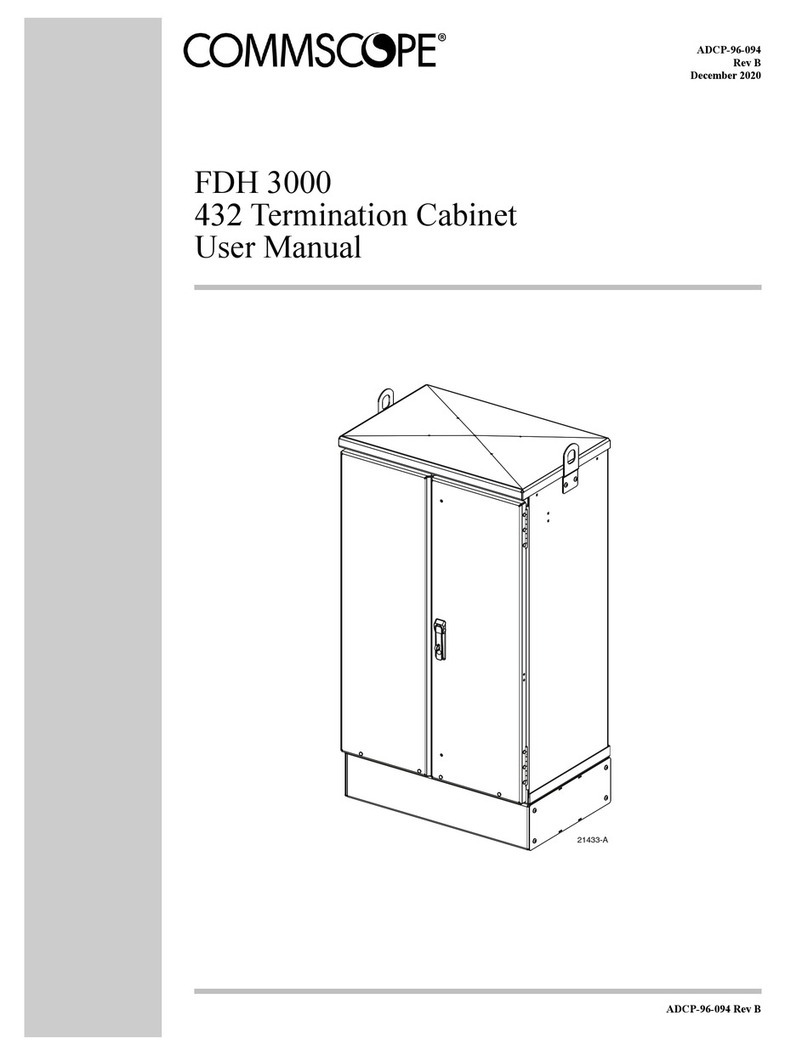
OWC MERCURY ELITE PRO DUAL INTRODUCTION
3
1.6 Usage Notes
• Use only one interface (USB 3.1 Gen 1 or FireWire 800) at a time.
• In order for the computer to access volumes larger than 2TB, the operating system
needs to support large volumes (e.g. Windows Vista or OS X 10.4 and above).
• If the enclosure is powered on but there is no active data connection, or if the
computer is sleeping, both drive LEDs will display as solid red. If this happens when
the drive is not sleeping and there is a cable connection present, check both ends of
the data cable to ensure it is securely connected to the enclosure and the computer.
• When you want to change the data connection type from FireWire to USB or vice-
versa, do the following: unmount the volume in the OS, then power o the Elite Pro
Dual. Next switch the data connection, wait 10 seconds, then power on the Elite Pro
Dual again to resume operation.
• For the safe removal of your drive and to ensure that no data is lost, always eject or
unmount the corresponding disk from your operating system before powering o.
There are several methods to unmount disks when using OS X systems.
OS X:
• Drag the icon for the disk you wish to unmount to the trash can.
• Right-click the disk icon on the desktop, then click “Eject”.
• Highlight the disk on your Desktop and press Command-E.
Windows:
1. Go to the System Tray (located in the lower right corner of your screen). Click on
the “Eject” icon (a small green arrow over a hardware image).
2. A message will appear, detailing the devices that the “Eject” icon controls, i.e.,
“Safely remove...” Click on this prompt.
3. You will then see a message that says, “Safe to Remove Hardware.” It is now safe
to disconnect the Elite Pro Dual from the computer.
